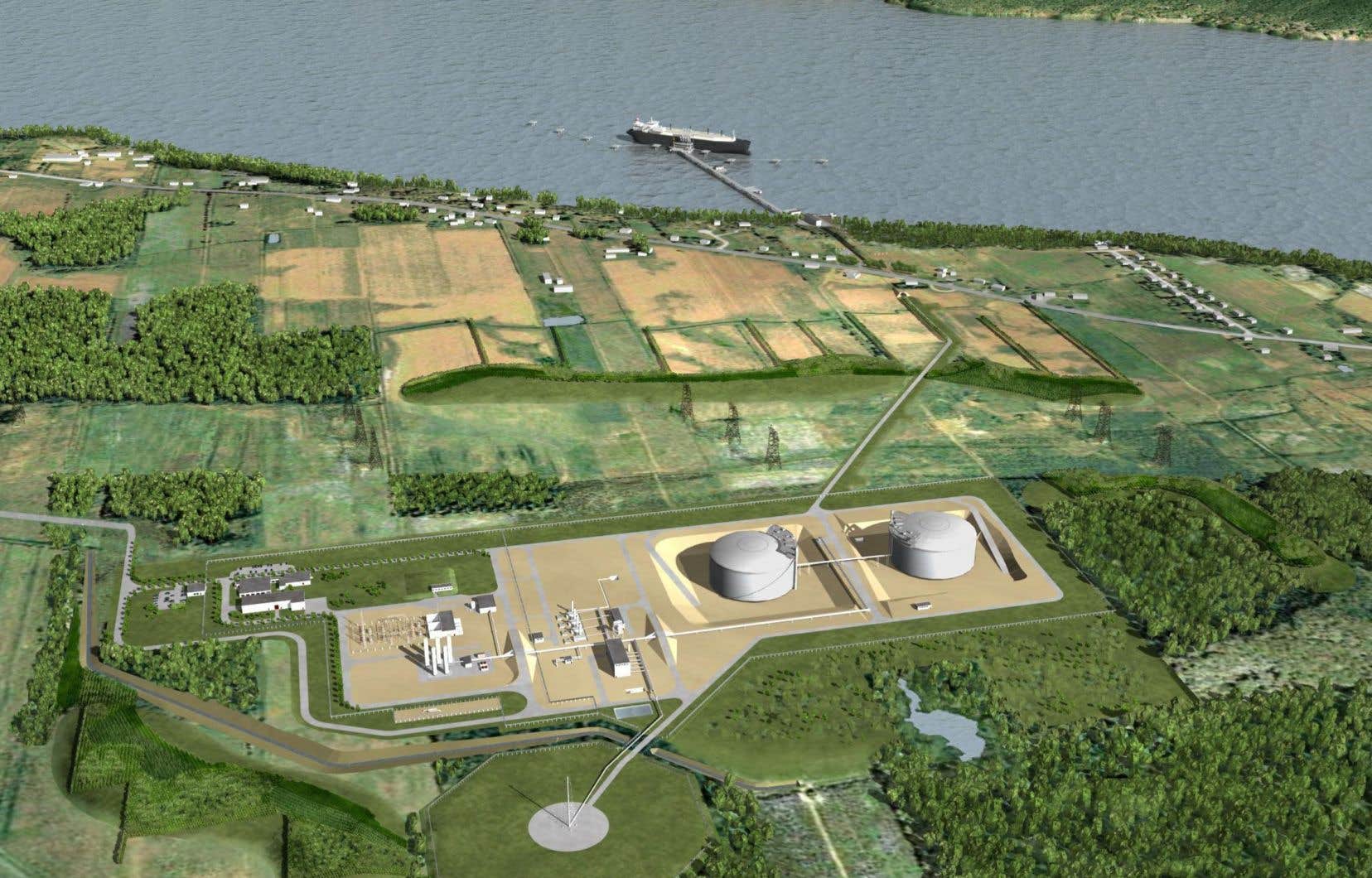Lévis is now moving forward with his visor raised in the Rabaska lands file. In a memorandum submitted in anticipation of the next budget, the City outlines the future industrial zone that it hopes to see born on this former agricultural territory of 271.7 hectares that many dream of seeing return to a green zone.
The document submitted by Lévis requests financial assistance from the government to “acquire land for industrial development purposes” in the east of its territory. The coveted surface area “in a first phase”: between 20 and 30 million square feet, or two to three times the size of the Plains of Abraham.
The brief also asks for “financial compensation for the destruction of wetlands and water environments”. Rabaska’s land totals 271.7 hectares: of this number, 60 belong to wetlands, including 18 hectares of peat bogs.
The City of Lévis is also requesting financial support from the government to extend the aqueduct, sewer and public lighting to the coveted sites. In her memoir, she also mentions the construction of retention basins on the site and the development of traffic lanes, green spaces, and cycle paths.
Near “a possible Quebec-Lévis tunnel”
The document submitted by the City launches a vibrant plea in favor of the permanent conversion of this land into an industrial zone. Lévis particularly boasts the proximity of the coveted territory to the CN rail line, the Pierre-Laporte bridge and highways 20 and 73 “towards Beauce and the United States. »
The “lands with industrial potential in the eastern sector of Lévis” also have the advantage of being located “in the sector where a possible Quebec-Lévis tunnel could be built,” adds the brief, which further increases its value in the eyes of the public. of Lévis.
The lands of Rabaska, bordering the St. Lawrence, also have the advantage of having waters more than 15 meters deep in certain places. The memo further highlights the presence of high voltage lines nearby capable of supplying “customers with significant energy needs” – such as manufacturers of electric batteries, the document gives as an example.
“The City of Lévis asks the government to conclude the agreement initiated for the acquisition of land belonging to Rabaska, continues the brief, and to maintain its funding eligible for the City for investments prior to the development of this site. »
Lévis explains the need to develop a new industrial park in the east of its territory through the inclusion of the Davie shipyard in the National Shipbuilding Strategy.
“The activities of the Davie Canada shipyard will generate a very significant volume of subcontracting on a local scale,” argues the brief, “leading new suppliers to set up in Lévis, mainly in the east. »
Environmental issues
Many, however, are calling for the return of this territory to the agricultural fold. The Union of Agricultural Producers demands that all land return to the green zone. The same goes for the citizen collective Sauvetage du patrimoine agricole in Lévis and Beaumont, which wants to prevent a possible industrial park from destroying hundreds of hectares of forest and quality agricultural land.
Lévis, according to data compiled by the Commission for the Protection of Agricultural Territory of Quebec (CPTAQ), lost 980 hectares of agricultural land between 1988 and 2022 – a performance that ranks it last in this area among the main cities of Quebec.
It nevertheless benefits from an agricultural territory which totals, according to the 2023 CPTAQ management report, more than 30,000 hectares. This is a larger area than in all the major cities in the province, with the exception of Saguenay.
The presence of the Victorin gentian on the site, a flower unique to Quebec and threatened with extinction, could compromise the development of port activities on Rabaska lands bordering the river.
“It’s a somewhat emblematic plant,” explains botanist Luc Brouillet, honorary professor at the University of Montreal and professor emeritus at the Plant Biology Research Institute. Especially since it bears the name Marie Victorin, we can understand the emotionality associated with that. »
The lands of Rabaska, excluded from the green zone in 2007 to make way for an LNG port which never saw the light of day, have never regained their original protection and continue to arouse the desire of authorities who aspire industrial development of land. The Port of Quebec, the City of Lévis and the CAQ government have all expressed a desire to acquire them from the Rabaska Company over the past year.
